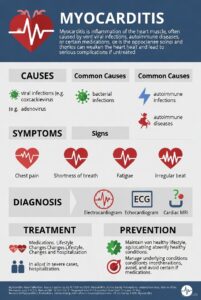Interprofessional Care
- Endoscopic hemostasis therapy
- First-line therapy of upper GI bleed
- Goal: to coagulate or thrombose the bleeding vessel
- Useful for gastritis, Mallory-Weiss tear, esophageal and gastric varices, bleeding peptic ulcers, and polyps
- Several techniques are used including
- Thermal (heat) probe
- Multipolar and bipolar electrocoagulation probe
- Argon plasma coagulation (APC)
- Neodymium:yttrium-aluminum-garnet (Nd:YAG) laser
- Mechanical therapy with endoscopic clips or bands.
- Multipolar electrocoagulation and thermal probe
- Surgical Therapy
- Indicated when bleeding continues
- Regardless of therapy provided
- Site of bleeding identified
- May be necessary when
- Patient continues to bleed after rapid transfusion of up to 2000 mL whole blood
- Remains in shock after 24 hours
- Site of hemorrhage determines choice of operation
- Surgeon must consider age of patient
- Mortality rates increase considerably in older patients
- Indicated when bleeding continues
- Drug Therapy
- During acute phase, used to
- Decreased Bleeding
- Decreased HCl acid secretion
- Neutralize HCl acid that is present
- Empiric PPI therapy with high-dose IV bolus and subsequent infusion
- Injection therapy with epinephrine during endoscopy for acute hemostasis
- For bleeding due to ulceration
- Produces tissue edema → pressure on bleeding source
- Somatostatin or somatostatin analog octreotide
- Used for upper GI bleeding
- Reduces blood flow to GI organs and acid secretion
- Given in IV boluses for 3–7 days after onset of bleeding
- During acute phase, used to




